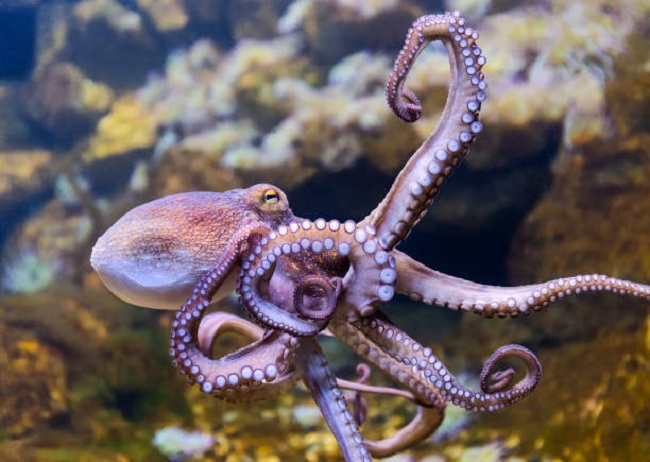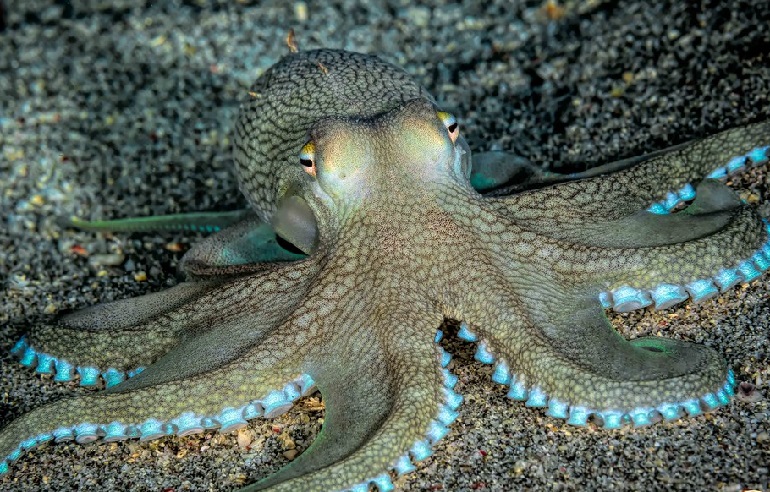
Read this guide to learn more about the remarkable octopus!Etymology 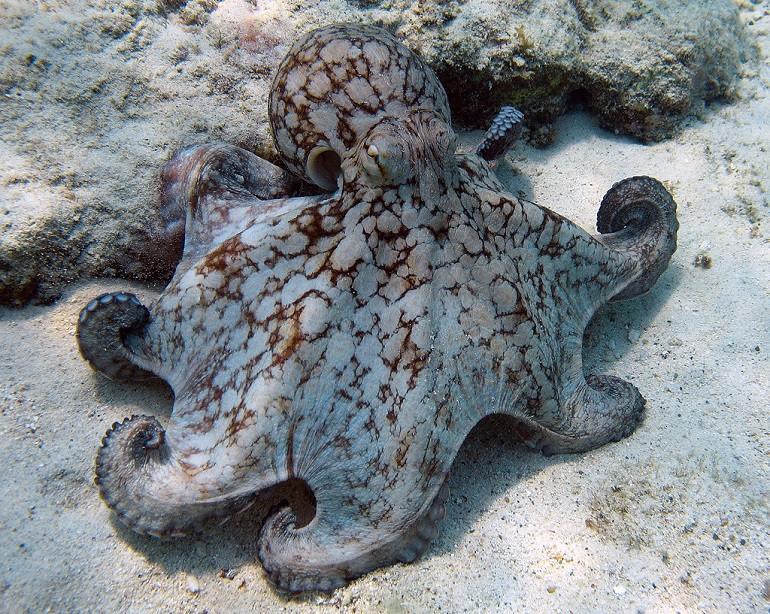
There’s much debate around the correct plural of octopus. So, let’s bust a few common myths!Octopi is the oldest plural for octopus, originating from the belief that the word comes from Latin origins. However, that’s incorrect. Since octopus is actually derived from Greek, the plural should be Octopodes.
The correct plural of octopus is octopuses since that ending matches the English adoption of the word, which is commonly used today.
Taxonomy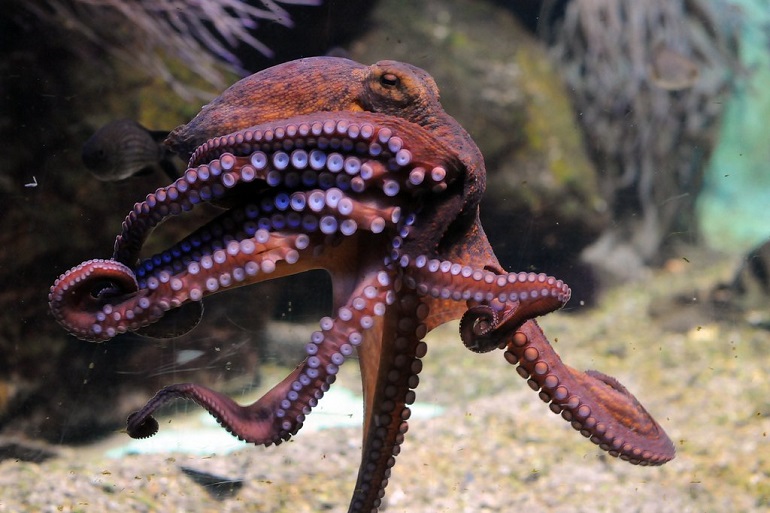
Octopuses belong to the Kingdom Animalia, just like you and I!Evolution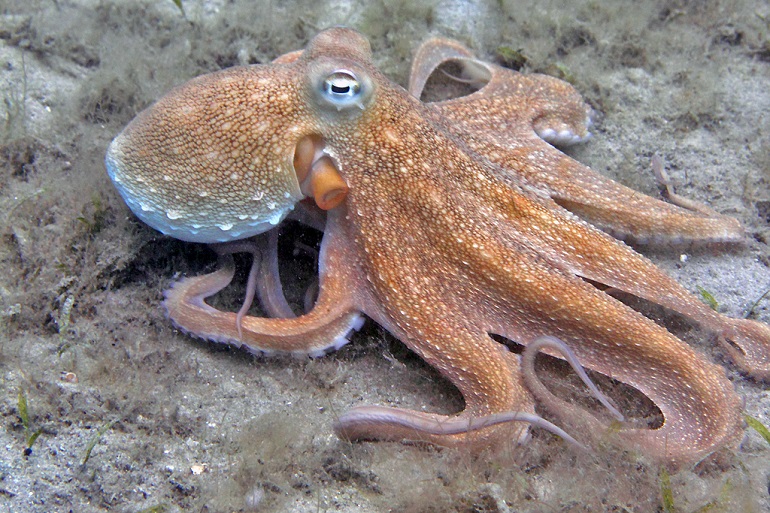
Unfortunately, since octopuses comprise mainly soft tissue, fossils are rare.Physical Appearance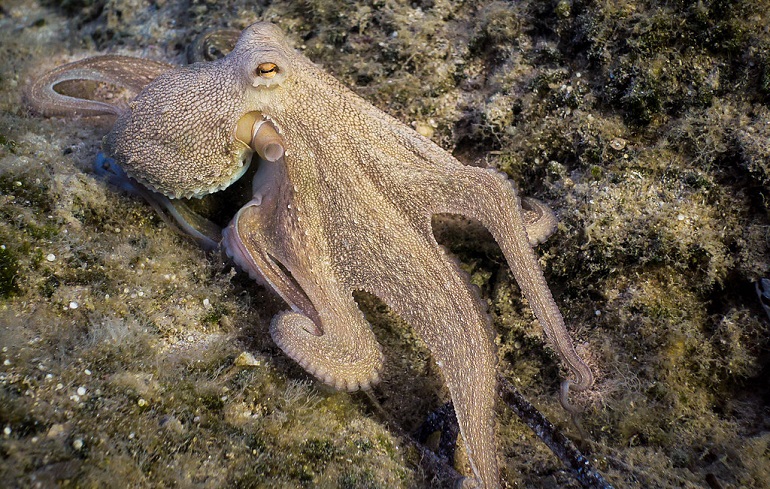
Octopus Size
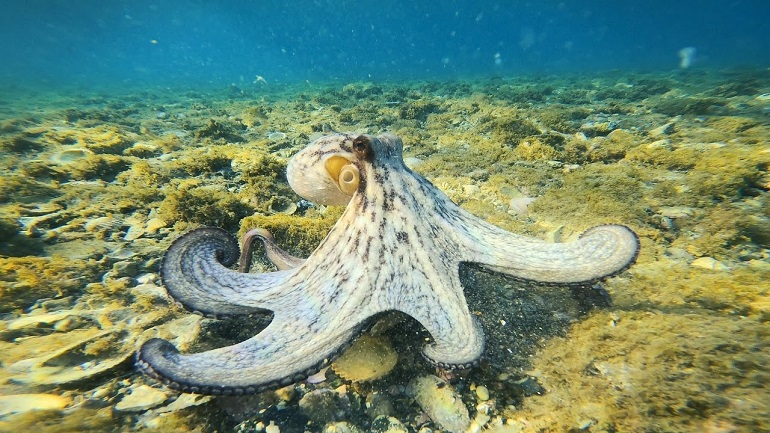
For example, the Giant Pacific Octopus, Enteroctopus dofleini, found off the US Pacific coast from California to Alaska, is the largest octopus in the world, having an arm span of up to 14 feet and weighing up to 33 pounds!
External Characteristics
